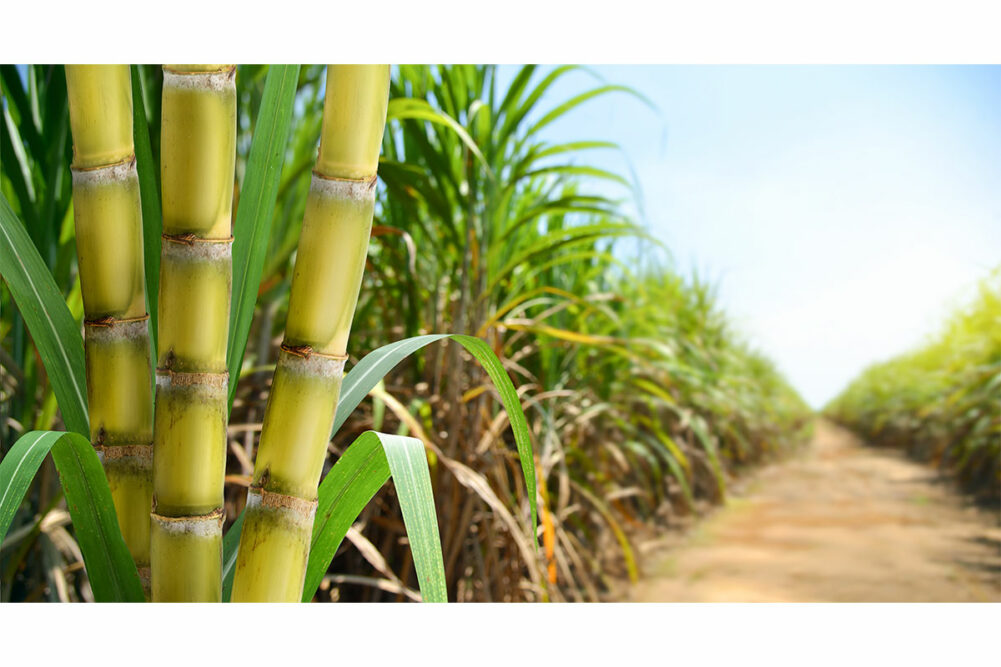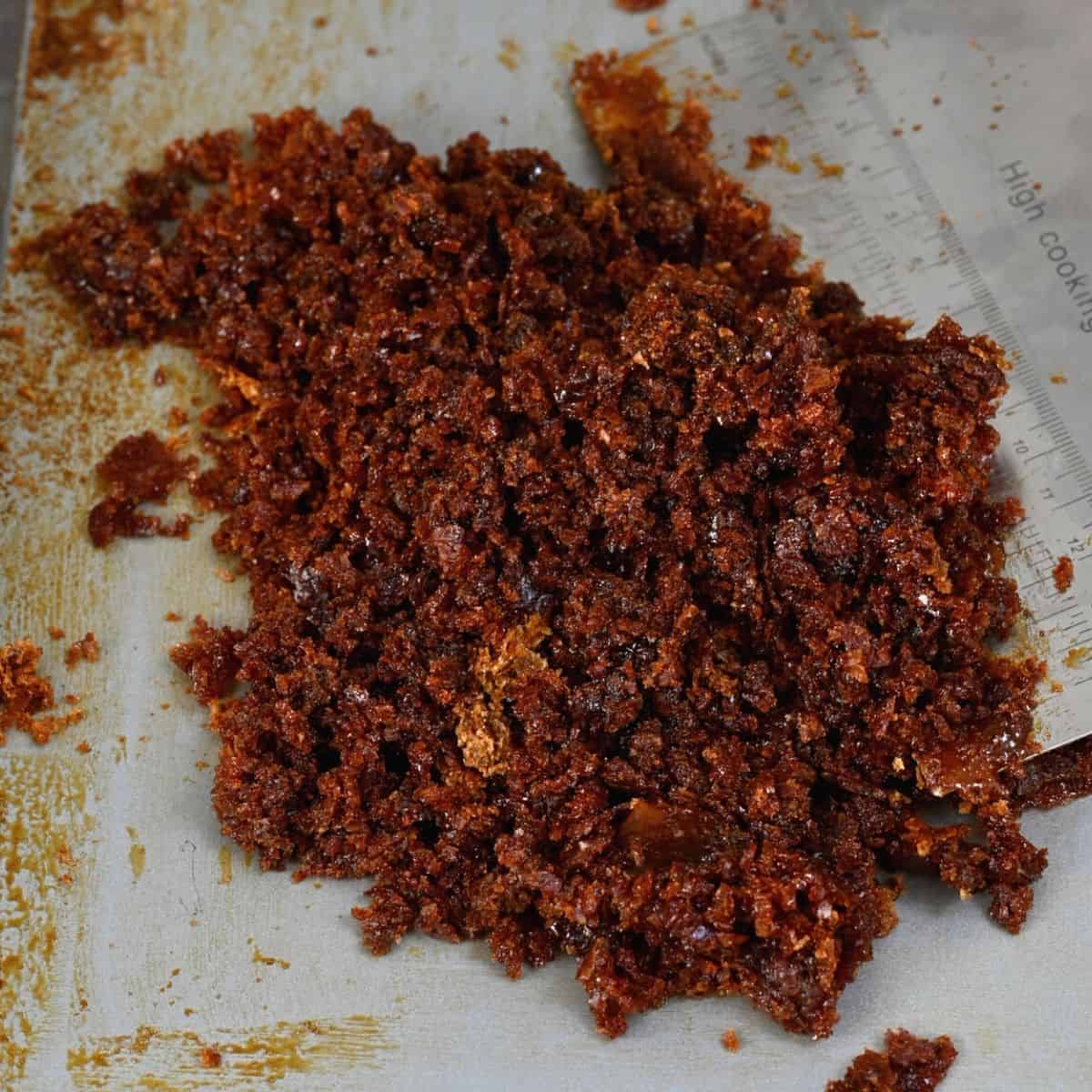Cane Sugar Processing: From Field to Table-- A Step-by-Step Guide
Cane Sugar Processing: From Field to Table-- A Step-by-Step Guide
Blog Article
Exploring the Comprehensive Tips Included in Cane Sugar Handling From Harvesting to Refinement
The process of walking cane sugar production includes a series of detailed steps, starting with the careful harvesting of sugarcane and finishing in the improvement stages that make certain the final product meets industry standards. Each stage, from the extraction of juice to the purification and condensation processes, plays an essential duty in identifying the quality and personality of the sugar. Recognizing these phases not just highlights the intricacy of sugar manufacturing however also raises critical concerns concerning performance, sustainability, and technology in the industry. What ramifications do these aspects have for future techniques?
Collecting Sugarcane
Harvesting sugarcane is an important action in the walking stick sugar processing chain, as it directly affects the quality and yield of the end product. Proper timing and techniques are vital throughout this phase to ensure optimum sugar content and lessen losses. Commonly, sugarcane is harvested when it reaches maturity, usually 12 to 18 months after planting, characterized by a high sucrose concentration.

Post-harvest, the sugarcane has to be processed swiftly to stop sucrose destruction. Preferably, gathered walking stick should be moved to refining centers within 24-hour to preserve sugar high quality. For that reason, reliable logistical preparation is critical to preserve the honesty of the collected plant throughout the supply chain.
Removal Process

The crushed walking stick is subjected to a collection of pressing operations to take full advantage of juice healing. Commonly, warm water is sprayed onto the smashed walking cane, creating a countercurrent circulation that helps liquify the sugar while also helping in the removal procedure. The juice gathered from this procedure has not only sugar but likewise various organic substances and impurities.

To improve removal efficiency, some centers may use diffusion methods, where the sugarcane is taken in warm water, permitting the soluble sugars to diffuse right into the fluid. The resulting juice, abundant in sucrose, is after that directed to succeeding processing phases, laying the structure for filtration and improvement. The extraction process is thus pivotal in identifying the high quality and yield of the final sugar item.
Purification Techniques
The filtration methods utilized in walking cane sugar handling are necessary for changing the raw juice into a high-grade sugar product. These techniques largely aim to remove contaminations, such as soil, plant products, and inorganic materials, which can negatively impact the end product's flavor and color.
This procedure includes including lime and heat to the raw juice, which assists in the coagulation of impurities. Furthermore, the usage of phosphoric check over here acid can enhance the information procedure by more binding contaminations.
One more significant technique is carbonatation, where co2 is introduced to the made clear juice. This response generates calcium carbonate, which captures remaining pollutants and advertises their elimination.
Additionally, turned on carbon therapy might be put on adsorb any kind of remaining colorants and organic contaminations, making certain a more refined item. The combination of these approaches properly prepares the sugar juice for subsequent steps in the refining process, setting the phase for the manufacturing of high-quality walking cane sugar.
Formation Techniques
After the filtration stage, the next essential action in walking stick sugar processing involves formation approaches, which play a pivotal function in changing the clarified juice into solid sugar. This process generally uses two key methods: spontaneous formation and regulated condensation.
In spontaneous condensation, supersaturated sugar remedies are enabled to cool naturally, leading to the development of sugar crystals over time. This method enables for the uniform development of sugar crystals and higher purity.
Throughout crystallization, the made clear juice is focused through dissipation, raising its sugar web content till it reaches supersaturation. As soon as this point is accomplished, either method can promote the crystallization procedure. Cane Sugar Processing. The resultant sugar crystals are then divided from the remaining syrup via centrifugation
Ultimately, the option of crystallization technique affects the high quality, dimension, and purity of the final sugar item, making this step crucial in the total walking stick sugar processing procedure.
Improvement and Product Packaging
Just how can the purity and top quality of cane sugar be further improved after formation? The refinement process plays a critical duty in attaining high-grade walking cane sugar. Adhering to condensation, sugar undergoes a comprehensive washing to remove contaminations and residual molasses. This is typically accomplished utilizing warm water or heavy steam, which aids liquify and extract unwanted aspects while preserving the sugar crystals.
Following, the sugar goes through a process called centrifugation, where it is rotated at broadband other to separate the purified sugar crystals from the continuing to be liquid. After centrifugation, the sugar is look at this site typically further improved with a technique called carbonization or phosphatation, which uses triggered carbon or phosphoric acid to get rid of shade and off-flavors.
As soon as refined, the sugar is dried out to accomplish the desired dampness web content, making sure that it continues to be steady during storage and transportation. The final action includes packaging the polished sugar in moisture-proof and impermeable containers to maintain its top quality and stop contamination. Cane Sugar Processing. Correct product packaging not just prolongs rack life yet also promotes easy handling and circulation, making sure that consumers get sugar that satisfies the highest requirements of pureness and top quality
Conclusion
The thorough actions associated with walking stick sugar handling, from the careful harvesting of sugarcane to the detailed improvement and product packaging stages, highlight the significance of each phase in making certain high-quality sugar manufacturing. Ideal harvesting techniques, effective extraction approaches, and rigorous filtration procedures jointly add to the last item's purity and stability. The condensation and subsequent packaging methods better enhance the stability and life span of the sugar, highlighting the complexity and precision integral in this necessary farming market.
The procedure of cane sugar manufacturing incorporates a collection of detailed actions, beginning with the careful harvesting of sugarcane and finishing in the improvement phases that ensure the last product meets sector criteria. Ideally, collected walking cane ought to be transferred to refining centers within 24 hours to protect sugar quality.In spontaneous crystallization, supersaturated sugar remedies are permitted to cool normally, leading to the formation of sugar crystals over time - Cane Sugar Processing. The refinement procedure plays a crucial duty in attaining top notch walking stick sugar.The extensive steps included in walking stick sugar handling, from the precise harvesting of sugarcane to the detailed refinement and product packaging phases, underscore the value of each phase in making sure high-quality sugar production
Report this page